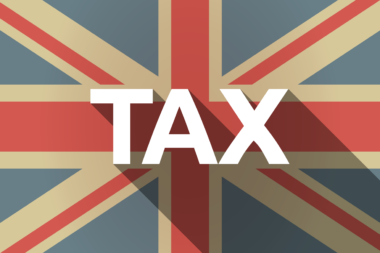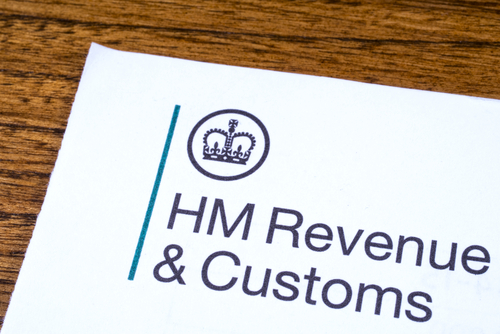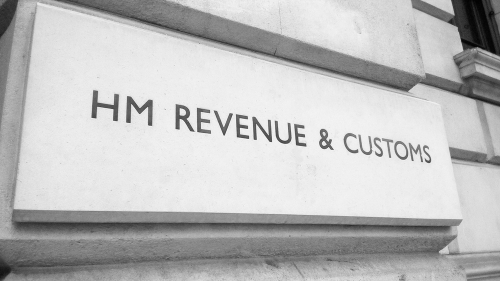
In personal and family companies, the lines between the company’s finances and the director’s finances may become blurred. A director may withdraw money from the company for personal use or may lend money to the company. The company may pay some of the director’s personal bills, and the director may personally meet some company expenses. The director’s loan account is simply an account for recording the transactions between the director and the company in much the same way as a bank account.
At the company’s year end, the director’s loan account may show a zero balance. Alternatively, the account may be in credit. This may be the case if the director has provided a loan to the company or personally met company expenses. The third scenario is that the director’s loan account is overdrawn. Where this is the case, the director owes money to the company.
Implications of an overdrawn director’s loan account
An overdrawn director’s loan account may have tax implications for both the director and the company. This will depend on the loan account balance and whether it is cleared by the corporation tax due date.
As far as the company is concerned, if the director’s loan account balance remains outstanding on the date on which corporation tax for the period is due (which is nine months and one day after the company’s year end), the company will need to pay tax on the balance at that date. The tax is paid at the same time as the corporation tax for the period, but crucially is not corporation tax. The charge is imposed by section 455 of the Corporation Tax Act 2010 and is generally referred to as ‘section 455 tax’.
The rate of section 455 tax is aligned with the dividend upper rate, currently 33.75%. Unlike most taxes, it is refundable once the loan has been cleared, with the tax becoming repayable nine months and one day from the end of the accounting period in which the loan is cleared (i.e. the corporation tax due date for that period).
The tax is to a certain extent voluntary as there will be no section 455 tax to pay if the director clears the overdrawn balance ahead of the corporation tax due date. There are various ways in which this can be done. For example, the director could introduce personal funds to the company, the company could declare a dividend to clear the loan balance or pay a bonus. However, there may be a tax cost of clearing the loan and, where this is higher than the section 455 tax, it may be preferable to pay the section 455 tax instead, reclaiming it when the loan balance can be cleared in a more tax-efficient manner.
If the outstanding loan balance tops £10,000 at any point in the tax year, the director will be liable to a benefit in kind charge on interest on the loan balance at the official rate (assuming the director pays no interest on the loan). The company will also pay Class 1A National Insurance at 13.8% on the taxable amount. However, there is no tax or Class 1A National Insurance to pay if the balance remains below £10,000, enabling a director to borrow up to £10,000 for up to 21 months (if the loan is taken out at the start of the accounting period) tax and interest-free. This can be worthwhile.



